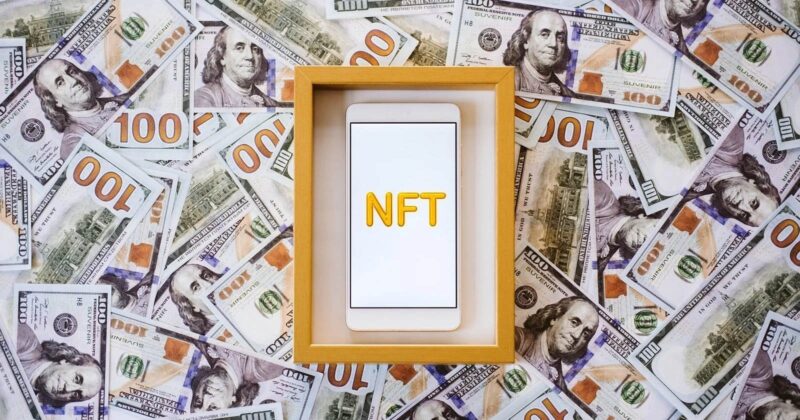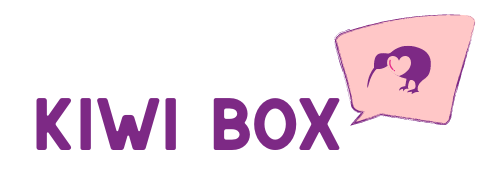The modern content creator doesn’t just rely on brand deals or shoutouts to earn a living. With algorithms always changing and competition growing, relying solely on sponsorships is rarely sustainable.
Many creators—whether they’re on YouTube, TikTok, Instagram, or Twitch—have expanded their income sources in clever and often entrepreneurial ways.
What started as a side hustle for many has evolved into a full-fledged business model, with multiple streams of revenue supporting long-term stability and creative freedom.
Key Points
- Sponsorships are only one part of a content creator’s income.
- Merch, digital products, memberships, and tips are rising in popularity.
- Diversification helps creators remain independent and consistent.
- Monetization tools are available across most platforms.
- Community-driven support models are becoming more mainstream.
Building Revenue with Tips and Virtual Gifts

One of the simplest ways creators are making money today is through direct viewer contributions. Platforms like TikTok, YouTube, and Twitch allow fans to send virtual gifts or tips during livestreams and content premieres. These can range from small amounts to significant donations, and they often serve as encouragement for creators to keep producing valuable content.
In TikTok’s ecosystem specifically, creators have begun looking for ways to earn from gifts and coins without needing big brand deals. Some platforms and VPN tools now offer options for users to learn how to get free TikTok coins, a digital currency used to send gifts to creators during live sessions.
Learning how to use these systems and educating their followers on them has become part of some creators’ monetization strategy—especially those who frequently engage in live interactions or Q&A sessions.
Selling Digital Products
Selling digital goods is a scalable and low-maintenance revenue stream. For creators with knowledge to share—such as tutorials, editing presets, guides, or courses—this model allows them to monetize their expertise without depending on outside brands.
Examples include:
- E-books for niche skills (like travel budgeting or fitness meal plans)
- Lightroom presets for photographers
- Video transitions and editing assets for YouTubers
- Printable planners or social media templates
The appeal of digital products lies in the fact that they require upfront effort to create but can be sold repeatedly with little overhead. Even smaller creators with engaged audiences can profit from this model if their product meets a clear need.
Offering Paid Subscriptions and Memberships

Instead of giving everything away for free, many creators are now offering exclusive content for their most loyal fans. Platforms like Patreon, Ko-fi, YouTube Memberships, and even Discord integrations enable creators to place content behind a paywall.
Here’s how it usually works:
- Subscribers pay a small monthly fee
- In return, they get perks like behind-the-scenes content, early access to videos, private chats, or shout-outs
This model works especially well for creators with a strong sense of community or niche appeal. Whether you’re a DIY crafter, gamer, or food blogger, offering tiered memberships can help stabilize income while rewarding your most committed followers.
Selling Merchandise and Branded Goods
Merchandise has long been a go-to revenue stream for popular creators. What’s changed is how easy it has become for smaller creators to get involved. Platforms like Printful, Teespring, and Shopify integrations allow creators to design and sell apparel, mugs, phone cases, and more without holding inventory.
Smart creators tailor their products to their audience’s interests. A vlogger who focuses on van life might sell adventure journals or enamel pins with map designs. A cooking content creator might offer branded aprons or custom spice jars.
Success here doesn’t depend on scale—it depends on branding. A strong, authentic message makes it easier to sell even a limited product line.
Hosting Online Workshops or Live Events

Live webinars, online training sessions, and even virtual meet-and-greets can be a big source of income—particularly for creators with educational or motivational content. These live offerings allow fans to engage directly and feel part of something more personal, which justifies a higher price point.
Some creators package these events into ongoing courses or mentorship programs. For example, a digital artist may offer a 4-week illustration bootcamp. A fitness influencer could run a live group workout challenge with follow-up Q&As.
What makes these events profitable is the combination of exclusivity and personal interaction. Fans get direct access, and creators can charge accordingly.
Leveraging Affiliate Marketing
Affiliate marketing allows creators to earn a commission by recommending products or services. This is especially effective in niches like tech, fashion, beauty, or home organization—where products play a major role in content.
Key strategies include:
- Including trackable product links in video descriptions or bios
- Writing product tutorials or comparisons in blog format
- Offering exclusive discounts through personalized codes
Affiliate programs from Amazon, ShareASale, and brand-specific platforms make this approach accessible even to smaller creators. The trust between creator and audience drives conversions—if the recommendation feels authentic.
Creating and Selling NFTs or Collectibles

Though not mainstream for all creators, some digital artists and content-focused creators have ventured into NFTs (non-fungible tokens) and digital collectibles. This model enables creators to sell limited-edition digital items or exclusive content that cannot be duplicated.
For example:
- A creator might mint a special art piece to commemorate a milestone
- A musician could sell a limited number of early-access singles or visual content
- A gaming creator might offer a collectible in-game design
This approach carries more risk and is best suited to creators with strong digital branding or artistic appeal. However, for some, it opens a new frontier of creator economics.
Developing an App or Tool for Their Audience
Some of the more business-savvy creators have gone a step further—launching their own apps or web tools based on the needs of their audience. These could be:
- Habit tracking apps for wellness creators
- A recipe manager for food bloggers
- Preset filters and editing apps for photographers or beauty influencers
Building a tool positions the creator as a brand in their niche and creates a self-contained ecosystem for monetization. These tools can be sold as one-time purchases or operate on a subscription model.
Writing a Book or Getting a Publishing Deal

Several content creators have leveraged their digital fame into traditional publishing opportunities. A book deal may not be lucrative on its own, but it enhances credibility and can open up speaking gigs, press features, or academic invitations.
Popular examples include:
- Memoirs or story-based writing for lifestyle creators
- Cookbooks for food influencers
- Strategy and business guides for productivity or money-focused accounts
Independent publishing (self-publishing via platforms like Amazon KDP) also offers control over profits and content. With a dedicated audience, even modest book sales can lead to meaningful income.
Final Thoughts
For creators looking to move beyond the peaks and valleys of sponsorship income, these alternative revenue strategies offer both flexibility and stability. The most successful creators are not just content makers—they’re entrepreneurs, constantly testing ways to serve their audience while building a sustainable income.
The key lies in understanding your audience and diversifying in ways that feel natural, not forced. Whether through digital products, live events, merch, or even TikTok coins, monetization is no longer tied to brand deals alone. With some creativity and planning, today’s creators can grow real businesses—on their own terms.

